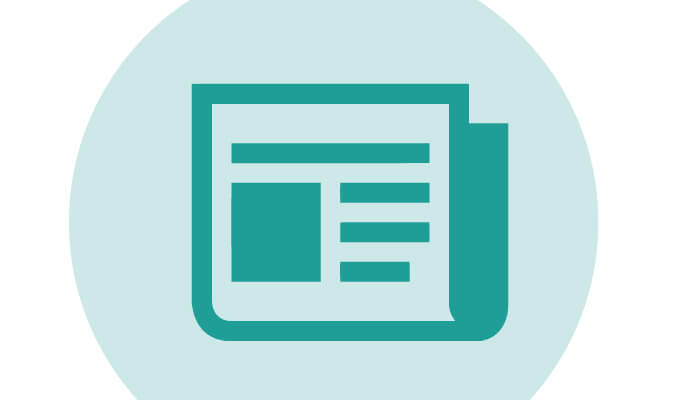The Tongue of Tomorrow - The trade of counterfeit alcohol is rife, and efforts to stifle it are struggling to keep up. Introducing the “artificial tongue” – a checkerboard arrangement of sub-microscopic gold and aluminum slices capable of distinguishing between beverages with over 99 percent accuracy. The metals demonstrate light absorption properties (plasmonic resonance) when submerged in liquid, and this resonance varies subtly when exposed to different drinks. Seemingly identical solutions can be differentiated with ease, providing a valuable tool for forensic scientists.
Read more: https://rsc.li/2YUfH2b
Don’t Sweat it - Many medical tests are invasive in nature – taking blood, for example. A team from the University of California, Berkeley, want to bypass such procedures by using microfluidic sensors to measure the electrolytes and metabolites in sweat in real time; the approach should be helpful for monitoring dehydration and fatigue, but may find more far-reaching applications as research continues.
Read more: https://bit.ly/2OXOfge

Ditching the Labels - Surface-enhanced Raman spectroscopy can be used to detect DNA mutations without using labels, but technological limitations have thus far restricted its use to analyzing short sequences. The incorporation of dichloromethane (an interfacial agent) into standard protocols allows single-base mutations in double-stranded DNA to be detected at a resolution of 100 bases, potentially paving “a new avenue for highly selective DNA detection in clinical applications.”
Read more: https://bit.ly/2YQ5XpL




